The Smart ForTwo isn’t so much a small car as a short one. At just eight feet from stem to stern, it’s by far the shortest car on the market. What’s the difference between small and short? A small car can stay low to the ground to achieve excellent handling and fuel economy. A short car only excels at one thing: unmetered parallel parking. The first-generation Smart proved the point. As reviewed on TTAC, it was a noisy, slow, poor-handling, stiff-legged, bouncy and crashy car with meh mileage. So, Daimler says it’s rectified the first-gen’s faults. Is Version 2.0– headed stateside in 2008– ready for prime time?
The new ForTwo maintains its Tonka-toy proportions and look at me I’m wearing designer glasses (without a prescription) unconventionality. There’s now a painted parenthesis around the driver’s compartment: a clever if unsuccessful attempt to reassure drivers that Smart’s got their back (as there’s nothing much behind them). From certain angles, the slash-marked Four Two looks like a Pokemon with weird sideburns. Anyway, there’s no denying that observers (especially women) fight the urge to muss the ForTwo’s metaphorical hair and pinch its figurative cheeks.
Category: Cars
Top 10 Car Ads
Car:
It’s a collection of some of the best, funniest and cheesiest UK car adverts out there. However, it is by no means a definitive list – and this is where you come in. We want to hear about your favourite and we’ll update the list below accordingly.
The Flop Heard Round the World
Fifty years ago today, Don Mazzella skipped out of school to see the hot new car that everybody was talking about, the hot new car that almost nobody had actually seen.
Ford Motor Co. had proclaimed it “E-Day,” and Mazzella and two buddies sneaked out of East Side High School in Newark, N.J., and hiked 13 blocks to Foley Ford so they could cast their gaze upon the much-ballyhooed new car that had been kept secret from the American public until its release that day.
It was called the Edsel.
“The line was around the block,” recalls Mazzella, now 66 and an executive in a New Jersey consulting firm. “People were coming from all over to see this car. You couldn’t see it from the street. The only way you could see it was to walk into the showroom and look behind a curtain.”
Mazzella and his truant friends waited their turn, thrilled to be there. “Back then for teenagers, cars were the be-all and end-all,” he explains. They’d read countless articles about the Edsel and seen countless ads that touted it as the car of the future. But they hadn’t seen the car. Ford kept it secret, building excitement by coyly withholding it from sight, like a strip-tease dancer.
Classic Mini
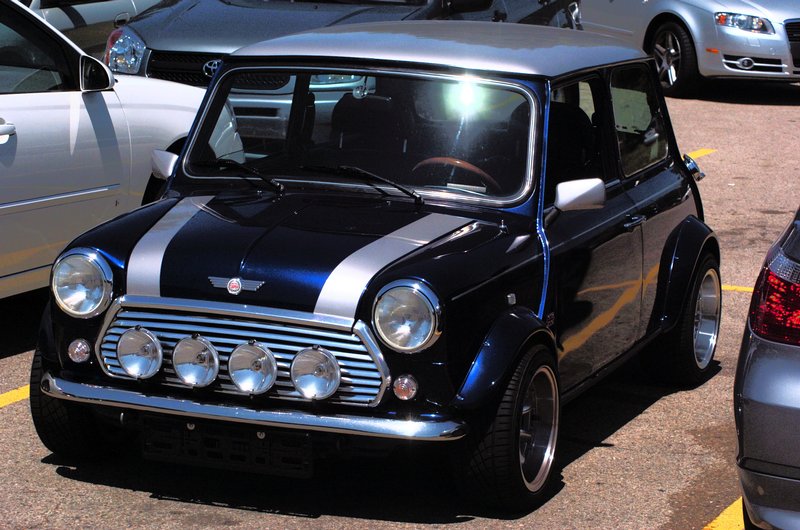
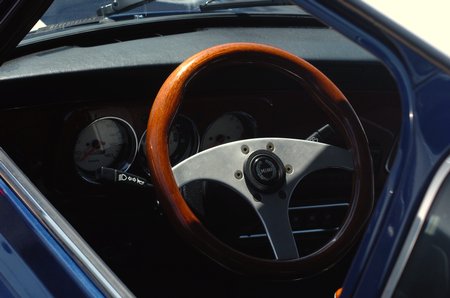 Amazingly small original Mini Cooper.
Amazingly small original Mini Cooper.
Olds 98 Convertible
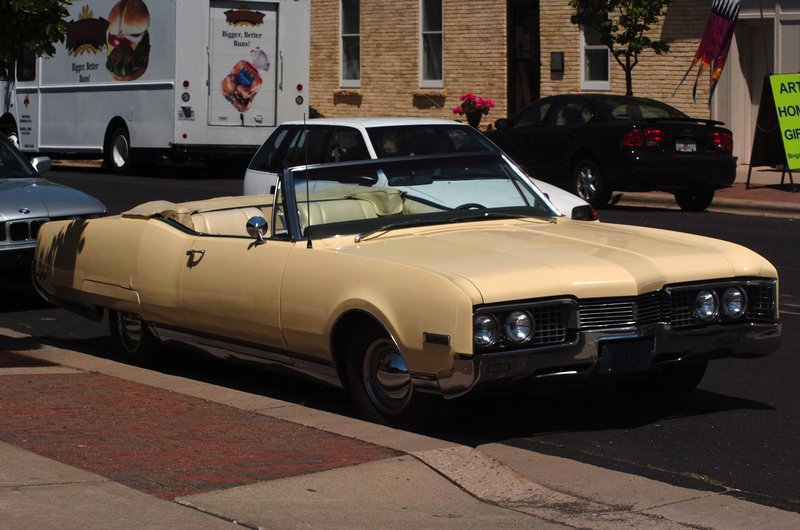
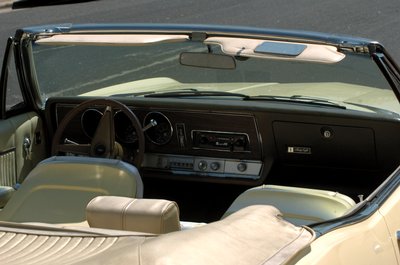
Classic barge: The Oldsmobile 98 Convertible.
Classic Lime Green Corvette Drop Top
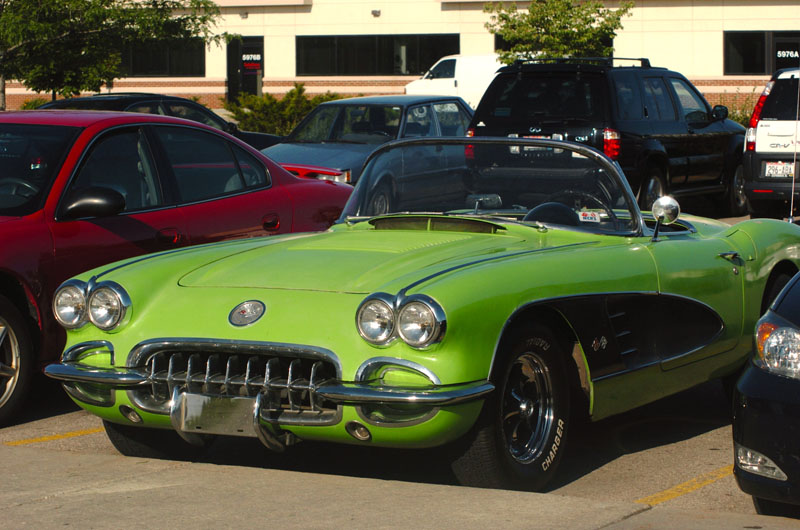
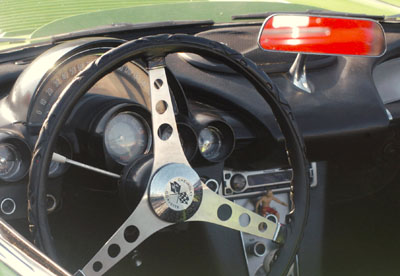
Classic Volkswagen Transporter Pickup

Milwaukee’s Briggs & Stratton Once Had the Lead in Hybrids
We are all seeing our personal mobility threatened by rising petroleum prices and dwindling resources. The fundamental appeal of electric cars is that they allow us to use energy sources other than petroleum on the road.”
A quote from a major auto maker rolling out a new hybrid concept at a recent auto show?
No.
In November 1979, Briggs & Stratton Corp., the Wauwatosa, Wis.-based maker of lawnmower engines, rolled out its sleek, futuristic plug-in hybrid-electric concept car with the very same motivations and goals as today’s car makers. On Earth Day the following spring, the manufacturer hauled it to Washington, D.C. and demonstrated the car running on domestically produced ethanol.
Like today’s Toyota Prius, the B&S Hybrid sported hump-backed styling for minimal aerodynamic drag. The forward-looking design was penned by the agency of famed industrial designer Brooks Stevens, who is credited with sketching the Willys Jeepster, Harley-Davidson Hydra-Glide, Evinrude outboard boat motor and the Oscar Mayer Weinermobile.
Fascinating story.
Recent Rental Cars: 2007 Mazda Miata

The rental car counter presented a simple choice for my “compact” reservation: Mazda Miata or Minivan. I put the top down and began my journey with an ’07 Miata. Quick summary: better than I expected, particularly in the acceleration department, but….. uncertain handling at upper end highway speeds.
Decent seats, useful controls, easy to use convertible top and…. 27mpg after a mix of highway and suburban driving. Unfortunately, I’ve yet to see a rental car without an automatic transmission. A six speed manual Miata would have been much more interesting.
Much more on the Mazda Miata here.
I-80: Inverse Traffic Therapy

I read with interest two recent posts regarding Madison’s traffic congestion. I, too have a fleeting moment or two when I consider Madison’s growing traffic congestion. It is difficult to use the words “Madison” together with “traffic congestion” after one has experienced the real, big city version. The photo above was taken recently while stuck in traffic on I-80. We’re a long way from that. Regional growth certainly makes our transportation system a rather useful topic for discussion and action. My dream? TGV type train service connecting Chicago, Madison, Milwaukee and Minneapolis.

